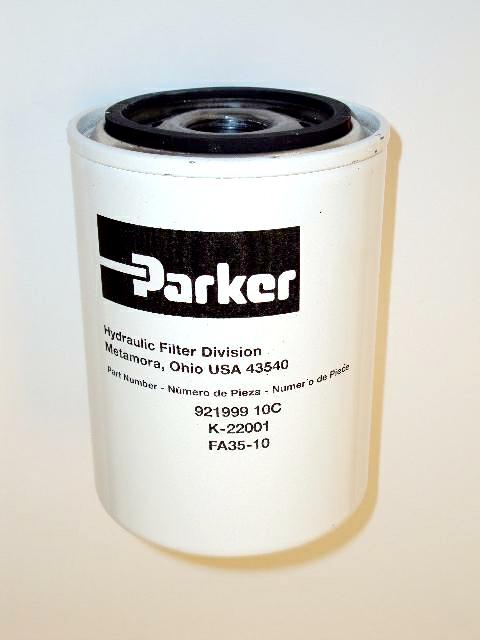

Select the number, font, border, or fill format that you want to apply when the cell value satisfies the condition, and then click OK. In the Format all list of Edit the Rule Description, choose either unique or duplicate.Ĭlick Format to display the Format Cells popup window. Under Select a Rule Type, click Format only unique or duplicate values. Select the rule, and then click Edit rule to display the Edit Formatting Rule popup window. Choose a new range of cells on the worksheet, then expand the popup window again. If necessary, choose another range of cells by clicking Collapse button in the Applies to popup window temporarily hide it. To select distinct or unique values without column headers, filter unique values, select the first cell with data, and press Ctrl + Shift + End to extend the selection to the last cell. To change a conditional format, begin by ensuring that the appropriate worksheet or table has been chosen in the Show formatting rules for list. To quickly select the unique or distinct list including column headers, filter unique values, click on any cell in the unique list, and then press Ctrl + A. To add a conditional format, click New Rule to display the New Formatting Rule popup window. On the Home tab, in the Styles group, click the arrow for Conditional Formatting, and then click Manage Rules to display the Conditional Formatting Rules Manager popup window. On the Home tab, in the Style group, click the small arrow for Conditional Formatting, and then click Highlight Cells Rules, and select Duplicate Values.Įnter the values that you want to use, and then choose a format. Select one or more cells in a range, table, or PivotTable report. Note: You cannot conditionally format fields in the Values area of a PivotTable report by unique or duplicate values. The previous R syntax has created a new vector object called vec. Have a look at the following R code: vecfilter1 <- vec vec in c ('a', 'c') Filter vector vecfilter1 Print updated vector 1 'a' 'a' 'c'.
#Baseelements filtervalues how to
Then you use 'Records / Show Omitted Only' in each window. The following R syntax shows how to extract certain elements of our vector based on a logical condition using the in operator. That gives you all the records that are not unique. Then you search in each window in the portal the records that have a valid relationship, using the asterisk (). Select Manual, adjust the sort order, and then click OK. From the Data pane (where the Dimensions and Measures are displayed) right-click the field that you want to format, and then select Default Properties > Sort.
#Baseelements filtervalues manual
If the range of cells or table contains many columns and you want to only select a few columns, you may find it easier to click Unselect All, and then under Columns, select those columns. You can open two windows, one for ListA and one for ListB and place them next to each other to see easier what youve got. Any data being filtered when the manual sort is set will not be a part of the manual sort settings. To quickly clear all columns, click Unselect All.

To quickly select all columns, click Select All. Under Columns, select one or more columns. On the Data tab, click Remove Duplicates (in the Data Tools group). Select the range of cells, or ensure that the active cell is in a table. When duplicates are removed, the first occurrence of the value in the list is kept, but other identical values are deleted.īecause you are permanently deleting data, it's a good idea to copy the original range of cells or table to another worksheet or workbook before removing duplicate values. (Optional) Add excluded field names in a script that runs when the first window opens. Copy the audit field and paste into each table of your app.
#Baseelements filtervalues pro
Other values outside the range of cells or table will not change or move. The steps to implement this revised FileMaker Pro audit trail technique in your own solution is as easy as: Copy the four custom functions from this demo file and paste them into each file of your app. # ASNumber: 63488 - 64197 ASName: IANA-RSVD ASHandle: AS63488 RegDate: Updated: Ref: OrgName: Internet Assigned Numbers Authority OrgId: IANA Address: 12025 Waterfront Drive Address: Suite 300 City: Los Angeles StateProv: CA PostalCode: 90292 Country: US RegDate: Updated: Ref: OrgAbuseHandle: IANA-IP-ARIN OrgAbuseName: ICANN OrgAbusePhone: +1-31 OrgAbuseEmail: OrgAbuseRef: OrgTechHandle: IANA-IP-ARIN OrgTechName: ICANN OrgTechPhone: +1-31 OrgTechEmail: OrgTechRef: # ARIN WHOIS data and services are subject to the Terms of Use # available at: # If you see inaccuracies in the results, please report at # Copyright 1997-2018, American Registry for Internet Numbers, Ltd.When you remove duplicate values, the only effect is on the values in the range of cells or table. # ARIN WHOIS data and services are subject to the Terms of Use # available at: # If you see inaccuracies in the results, please report at # Copyright 1997-2018, American Registry for Internet Numbers, Ltd.


 0 kommentar(er)
0 kommentar(er)
